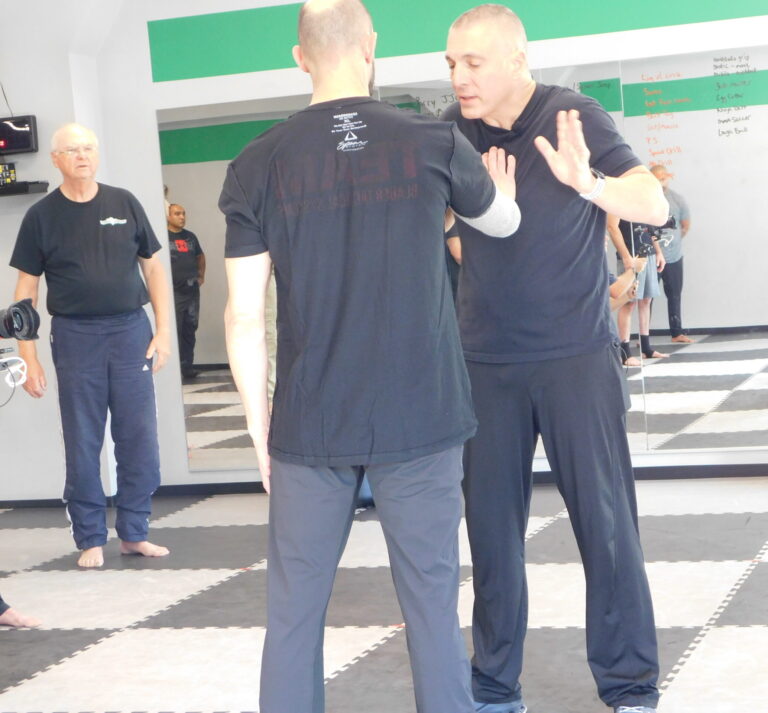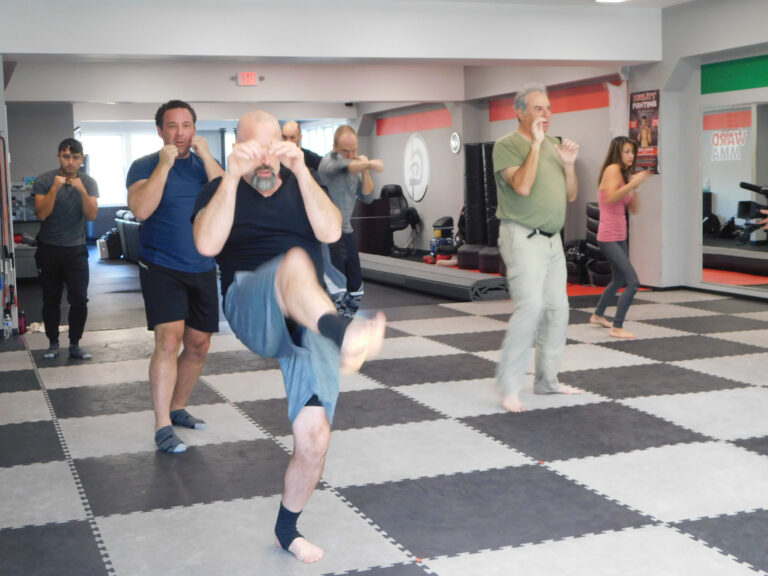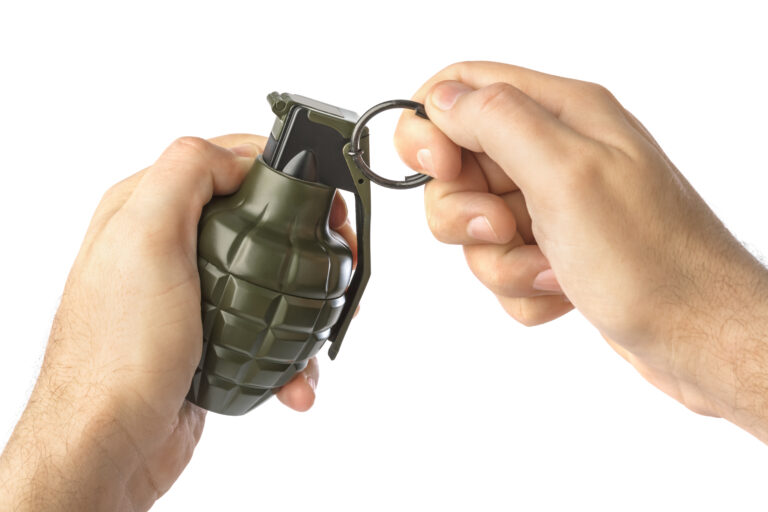As a Krav Maga instructor, I have seen countless videos on social media where my peers demonstrate their superior techniques in classroom and workshop settings. What I find most interesting, is not the tactics they choose to use, so much as how they decide to finish their demos.
With very few exceptions, the reel ends with the attacker and defender still connected. Either the defender is throwing continuous combatives to further punish their attacker, or they have them laying prone on the floor while still controlling an arm or wrist.
I understand and agree that ” imposing your will “ is a fundamental concept in Krav Maga self-defense. What is left out of the discussion, however, is that a defender is not truly safe until they have disengaged and reached safety. Indeed, the objective of self-defense is to leave dangerous situations as quickly as possible with as little damage to yourself as possible. As a result, once the defender finds themselves in a position that they can safely exit, it is in their best interest to do so immediately.
Of course, context matters. If a defender is in a situation where they are unable to leave easily due to terrain restrictions (elevator, subway car, airplane, etc), or they find themselves needing to defend a loved one, then Krav Maga teaches controlling the attacker and gaining an advantage for as long as would allow for safe egress of yourself and/or your loved ones.
With the introduction of a weapon, such as a gun or knife, this conversation becomes even more important. Keep in mind, Krav Maga already assumes that the attacker is stronger, faster and bigger.
If this situation is what I refer to as “transactional “, where the attacker is only interested in one of your possessions (car, purse, phone, etc), then to physically engage in an effort to keep your belongings is an unnecessary risk. Despite all the “cool” disarms that Krav Maga teaches, the correct self-defense tactic is to give up your belongings and then leave safely once the attack leaves. Any attempt to physically engage when you are not forced to can end disastrously due to bad technique or bad luck. As I like to say, “ cool will get you killed “.
If the weapon is being used to compel you and/or your loved one to go with the attacker to a place of their choosing, then you must fully engage. Statistically, the place you are being moved to is referred to as a secondary crime scene and the percent survival rate of victims moved to that location is under 10%.
At Krav Maga Personal Safety, we teach both the ideas of “evade and escape “ as well as ” attach an attack “. It is both misleading and dangerous to assume knowing some physical techniques will get you through every situation. There is a mental side to Krav Maga, which helps the defender properly choose what is at stake and therefore, what the next best move is.
Remember, discretion is the better part of valor.




